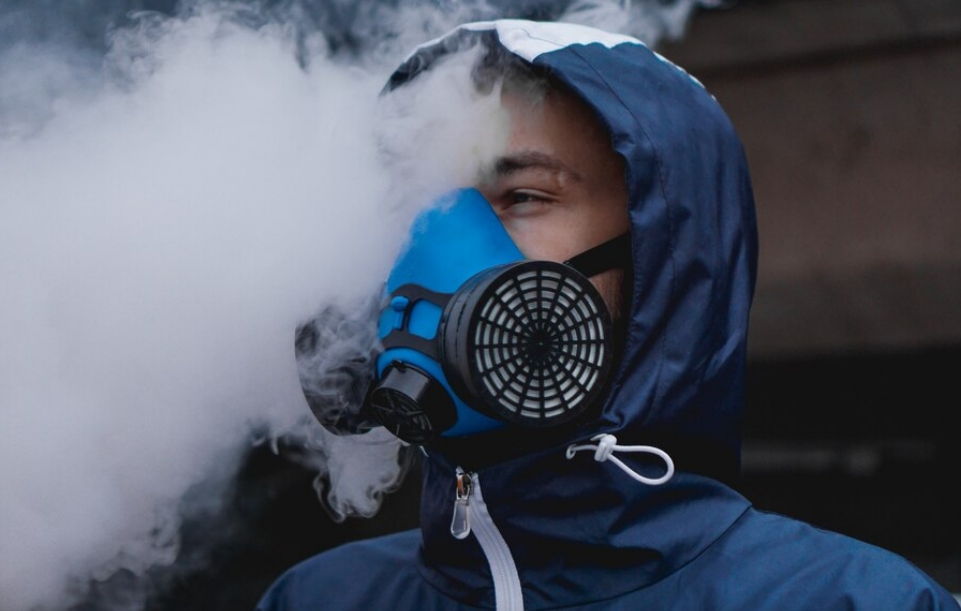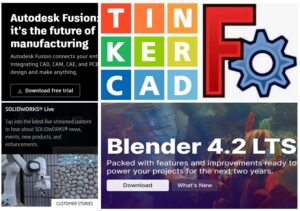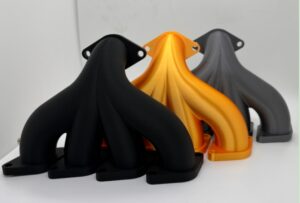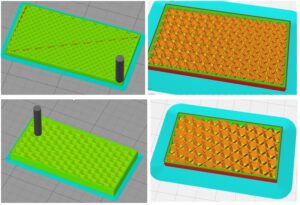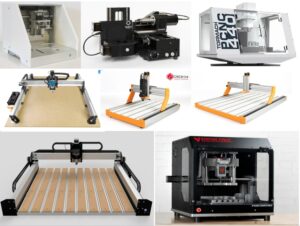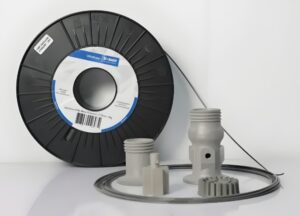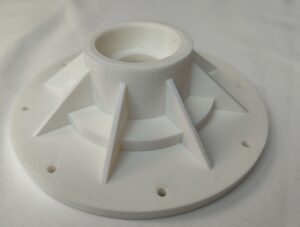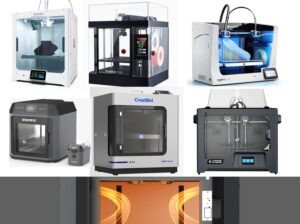3D Printing Materials That Should Not Be Printed at Home for Safety Reasons
Introduction:
3D printing has opened up a world of possibilities, allowing individuals to create objects with various materials right from the comfort of their own homes. However, there are certain materials that should not be printed at home due to safety concerns. In this blog, we will explore some of these materials and the reasons why they require specialized facilities and precautions
Carbon Fiber:
Carbon fiber is a popular and strong material used in various industries, including aerospace and automotive. While it offers exceptional strength-to-weight ratio and rigidity, it poses safety risks during the 3D printing process. Carbon fiber filaments typically contain microscopic carbon fibers infused within a polymer matrix.
Printing carbon fiber at home can release microscopic carbon fibers into the air, which can be harmful when inhaled. These fibers can irritate the respiratory system and potentially cause long-term health issues. Moreover, carbon fiber filaments require high-temperature extruders that can be hazardous if not handled properly. Due to these safety concerns, it is recommended to print carbon fiber-based objects in well-ventilated areas or with professional 3D Printing service company.
Metal or Nylon Powders:
Powder Bed Fusion 3D printing has gained popularity for its ability to create complex and durable objects. However, printing with powders, such as stainless steel or nylons, should be avoided in home setups due to safety risks associated with handling fine powders. Metal powders are extremely fine particles that can easily disperse into the air and pose a risk of inhalation or combustion.
Metal 3D printing typically requires specialized equipment, such as a controlled environment with inert gases and safety measures to prevent powder explosions. Additionally, the high temperatures involved in metal printing can be dangerous without proper insulation and safety protocols. To ensure safety, metal printing is best left to professional facilities equipped with the necessary safety measures.
Resins Containing Volatile Organic Compounds (VOCs)
Resin-based 3D printing, such as stereolithography (SLA) or digital light processing (DLP), offers high-resolution prints and intricate details. However, certain resins contain volatile organic compounds (VOCs) that can be hazardous to health. VOCs are chemicals that can evaporate at room temperature, releasing potentially harmful vapors.
Resins containing VOCs should not be printed in unventilated or confined spaces, such as homes or small offices, as they can lead to respiratory irritation, headaches, and other health issues. It is crucial to use appropriate safety precautions, such as wearing protective gloves and a mask, and ensuring proper ventilation when working with resin-based 3D printers.
ABS (Acrylonitrile Butadiene Styrene)
ABS is another widely used thermoplastic filament in FDM printing. It offers greater strength and durability compared to PLA but requires higher printing temperatures and a heated bed to prevent warping. When printing with ABS, it is important to note that it releases potentially harmful fumes, including styrene, during the printing process. These fumes can cause respiratory irritation and should not be inhaled in high concentrations. It is advisable to use ABS in well-ventilated areas or consider using an enclosure with an exhaust system for better fume control.
ASA (Acrylonitrile Styrene Acrylate)
ASA is a popular filament choice for outdoor applications due to its excellent weather resistance and UV stability. It exhibits similar properties to ABS but with enhanced resistance to fading and yellowing caused by prolonged exposure to sunlight. ASA is suitable for FDM printing and offers good strength, impact resistance, and dimensional stability.
In terms of safety considerations, ASA filament may release styrene fumes during the printing process, similar to ABS. Therefore, it is advisable to use ASA in well-ventilated areas or employ an enclosure with an exhaust system to minimize exposure to fumes. Itis recommended to follow proper safety precautions, such as using a respirator mask or ensuring adequate airflow, when working with ASA to minimize inhalation of potentially harmful fumes.
PC (Polycarbonate)
Polycarbonate is a high-performance thermoplastic known for its exceptional strength, toughness, and heat resistance. It is commonly used in applications that require impact resistance and transparency, such as engineering parts, protective gear, or optical components. PC filament is suitable for FDM printing but requires higher printing temperatures and a heated bed to ensure proper adhesion and minimize warping.
When it comes to safety considerations, working with PC filament requires caution. Polycarbonate can emit fumes during the printing process that may contain bisphenol A (BPA), a chemical compound that has raised concerns regarding potential health risks. While the levels of BPA released during printing are typically low, it is recommended to use PC in well-ventilated areas or with the assistance of ventilation systems or enclosures that can help control fume exposure. If you have specific concerns about BPA, it is advisable to explore alternative materials or consult with the filament manufacturer to obtain detailed information about the composition and potential risks associated with their PC filament.
Are PLA & PETG 3D Printing safety for home?
PLA is a commonly used thermoplastic filament in FDM printing. It is derived from renewable resources such as cornstarch or sugarcane, making it environmentally friendly. PLA is known for its ease of use, low printing temperatures, and minimal warping. It is generally considered safe for home printing as it is non-toxic and does not emit strong odors or harmful fumes during printing. However, it’s always recommended to ensure proper ventilation in your printing area.
PETG is a popular filament that combines the ease of printing of PLA with the strength and durability of ABS. It has good impact resistance, chemical resistance, and is less prone to warping. PETG is considered safe for home printing as it is generally non-toxic and emits minimal fumes during printing. However, all FDM 3D printing materials require high temperature melting during printing, which will inevitably release some unpleasant odors. For health reasons, adequate ventilation must be ensured.
While 3D printing has brought the power of manufacturing to our fingertips, it is essential to prioritize safety when selecting materials for home printing. By understanding and respecting these safety concerns, we can enjoy the benefits of 3D printing while ensuring the well-being of ourselves and those around us.

